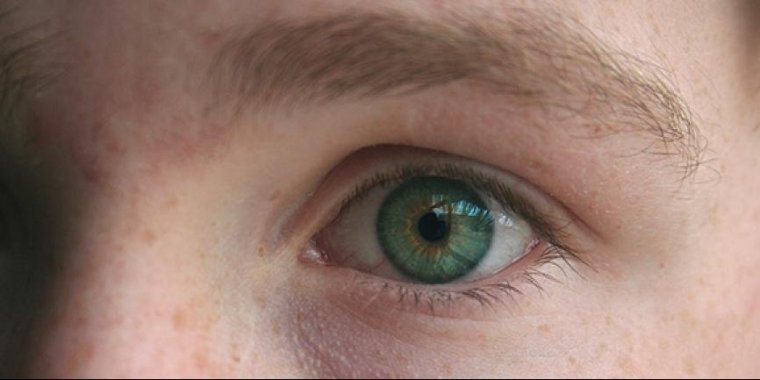| Health / Health News |
Gene therapy injection in one eye surprises scientists by improving vision in both
In a landmark phase 3 clinical trial, the international team, coordinated by Dr Patrick Yu-Wai-Man from the University of Cambridge and Dr José-Alain Sahel from the University of Pittsburgh and Institut de la Vision, Paris, successfully treated 37 patients suffering from Leber hereditary optic neuropathy (LHON). Subject to further trials, the treatment could help thousands of people across the world to regain and retain some of their sight.

Gene therapy injection in one eye surprises scientists by improving vision in both. Photo: Phoenix Thomas/Pixabay
The study indicates that 78% of treated patients experienced significant visual improvement in both eyes. It suggests that the improvement in vision in untreated eyes could be due to the transfer of viral vector DNA from the injected eye.
LHON affects a specific type of retinal cells, known as retinal ganglion cells, causing optic nerve degeneration and rapidly worsening vision in both eyes. Within a few weeks of disease onset, the vision of most people affected deteriorates to levels at which they are considered legally blind.
Visual recovery occurs in less than 20% of cases and few achieve vision better than 20/200 (largest letter on a standard eye chart). LHON affects approximately 1 in 30,000 people, mostly men, with symptoms usually emerging in their 20s and 30s.
The majority of patients carry the m.11778G-A mutation in the MT-ND4 gene. Existing treatment for this blinding optic neuropathy remains limited.
The researchers injected rAAV2/2-ND4 – a viral vector containing modified cDNA – into the vitreous cavity at the back of one eye of 37 patients who had suffered vision loss for between 6 to 12 months. Their other eye received a sham injection.
The technology, called mitochondrial targeting, was developed by the Institut de la Vision in Paris, France, and licensed to GenSight Biologics.
International coordinating investigator and neuro-ophthalmologist Dr Yu-Wai-Man, from Cambridge’s Department of Clinical Neurosciences and Moorfields Eye Hospital, London, said: “We expected vision to improve in the eyes treated with the gene therapy vector only. Rather unexpectedly, both eyes improved for 78% of patients in the trial following the same trajectory over 2 years of follow-up.”
Treated eyes showed a mean improvement in best-corrected visual acuity (BCVA) of 15 letters on an ETDRS chart, representing three lines of vision, while a mean improvement of 13 letters was observed in the sham treated eyes.
As some patients were still in the dynamic phase of the disease process upon enrolment, the visual gain from the nadir (worst BCVA for each eye) was even larger, reaching 28.5 letters for the treated eyes and 24.5 letters for sham-treated eyes.
Dr Yu-Wai-Man said: “By replacing the defective MT-ND4 gene, this treatment rescues the retinal ganglion cells from the destructive effects of the m.11778G-A mutation, preserving function and improving the patient’s visual prognosis. The outcomes can be life-changing.”
The researchers found that treated eyes were around three times more likely to achieve vision better than or equal to 20/200. Patient-reported outcome measures evaluated using the National Eye Institute Visual Function Questionnaire-25 (NEI VFQ-25) also confirmed the positive impact of treatment on quality of life and psychosocial well-being.
The researchers then conducted a study in cynomolgus macaques to investigate how the treatment of one eye could bring about improvement in the other.
Macaques have a visual system similar to that of humans, which allows the distribution and effects of the gene therapy vector to be studied in much greater detail.
A unilateral injection of rAAV2/2-ND4 was administered and after three months, tissues from various parts of the eye and the brain were analysed to detect and quantify the presence of viral vector DNA using a transgene-specific quantitative PCR assay.
Viral vector DNA was detected in the anterior segment, retina and optic nerve of the untreated eye. The unexpected visual improvement observed in the untreated eyes could therefore reflect the interocular diffusion of rAAV2/2-ND4.
Further investigations are needed to confirm these findings and whether other mechanisms are contributing to this bilateral improvement. (University of Cambridge)
YOU MAY ALSO LIKE





